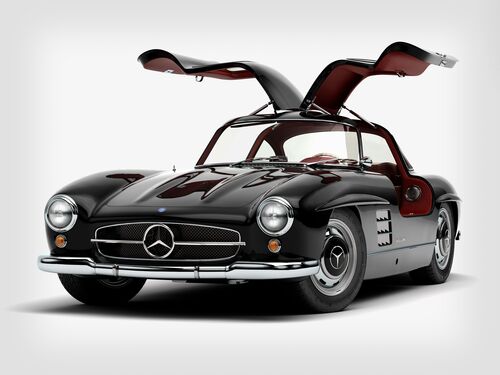

Popular searches
Help
New Releases View All
Industrial design can be sculptural, just beautiful, apart from any other considerations.
STEPHANE GILHow long have you been taking photographs? What is your background?
I prefer to say that I practice the Art of the False. I groped around for ten years, trying to achieve what I wanted, before really creating images that corresponded exactly to what I had in mind. Born in 1967 in the Paris region, I'm one of the lucky ones to have lived through the conquest of the Moon, the Star Wars saga and the digital and computer explosion. A musician, composer and sound engineer for almost 30 years, I'm a self-taught man. Computer-generated imagery was a logical addition to my digital bow. To channel my ideas and master certain techniques, I took a degree in graphic design and layout at the age of 50.
What photographic processes did you employ, and what effects were you looking for?
I used a whole range of 3D software, each dedicated to a specific task, which implies a rigorous, fairly long process, but one that allows us to completely deconstruct a model in order to modify it, improve it, add details, etc. The rendering itself allows us to add additional layers to facilitate final compositing (alpha clipping, for example). The rendering itself enables additional layers to be added to facilitate final compositing (clipping alpha, for example). The overriding effect is of course photorealism, but with a graphic touch.
What are your main sources of influence?
Spielberg, Cameron, Lucas, Zemeckis, Eastwood, Nolan, Kubrick for cinema. Duran Duran, Depeche Mode, AC/DC, Abba, Purcell (non-exhaustive list) for music. Johannes Vermeer for painting.
At your service
By telephone on +44 203 608 7024 from Monday to Friday from 8 am to 6 pm (GMT+1) or by e-mail
Contact us
Exchanges and returns
Exchanges & returns for 15 days
Our guarantees
FREE HOME DELIVERY
Free delivery in a secure package
Delivery
Secure payment
Payment on our website is fully secure, thanks to encryption of your bank details
Already have an account?
Haven't created an account yet?
Become a member


